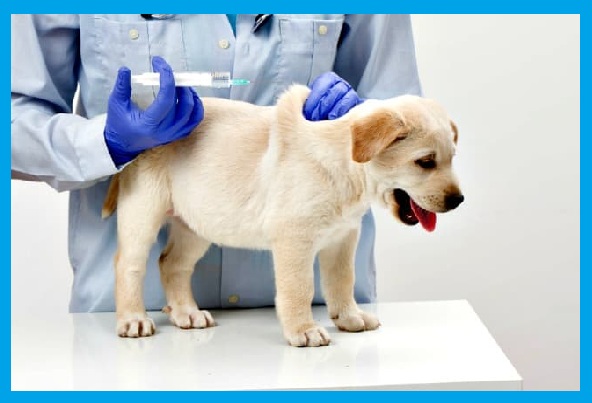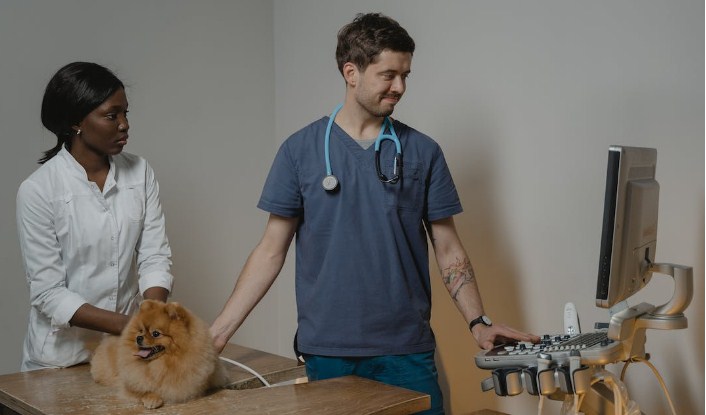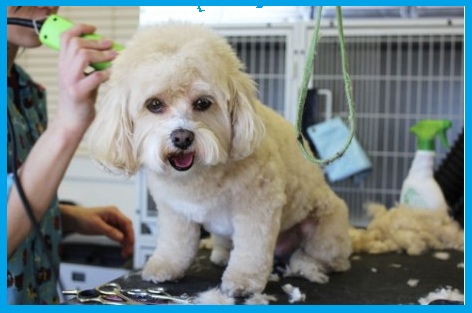As pet owners, we want the best for our furry, feathered and scaly friends. We want them to live long, …
Dear pet lovers, welcome to my another blog post. Today I am going to explore the cost of puppy shots …
When it comes to finding puppies for sale or how much husky puppies cost, there’s no better breed than the …
Regarding pet vaccinations, several factors must be considered when deciding on the best schedule for your pet. Age and environment …
Canine Dementia, also known as Canine Cognitive Dysfunction (CCD), is a neurological disorder that affects older dogs. Just like humans, …
Fleas are the most common external parasite found in cats and dogs. Moreover, flea infestations are a common challenge faced …
Dog clothing has become a popular trend in recent years, with countless options available for pet owners who want to …
Buying a home is one of the most exciting ventures a person can do in their lifetime. From choosing the …
Grooming your dog at home can be a fun and rewarding experience for both you and your furry friend. However, …
As a dog sitter, it’s important to determine the cost of your services to attract and retain clients, as well …










